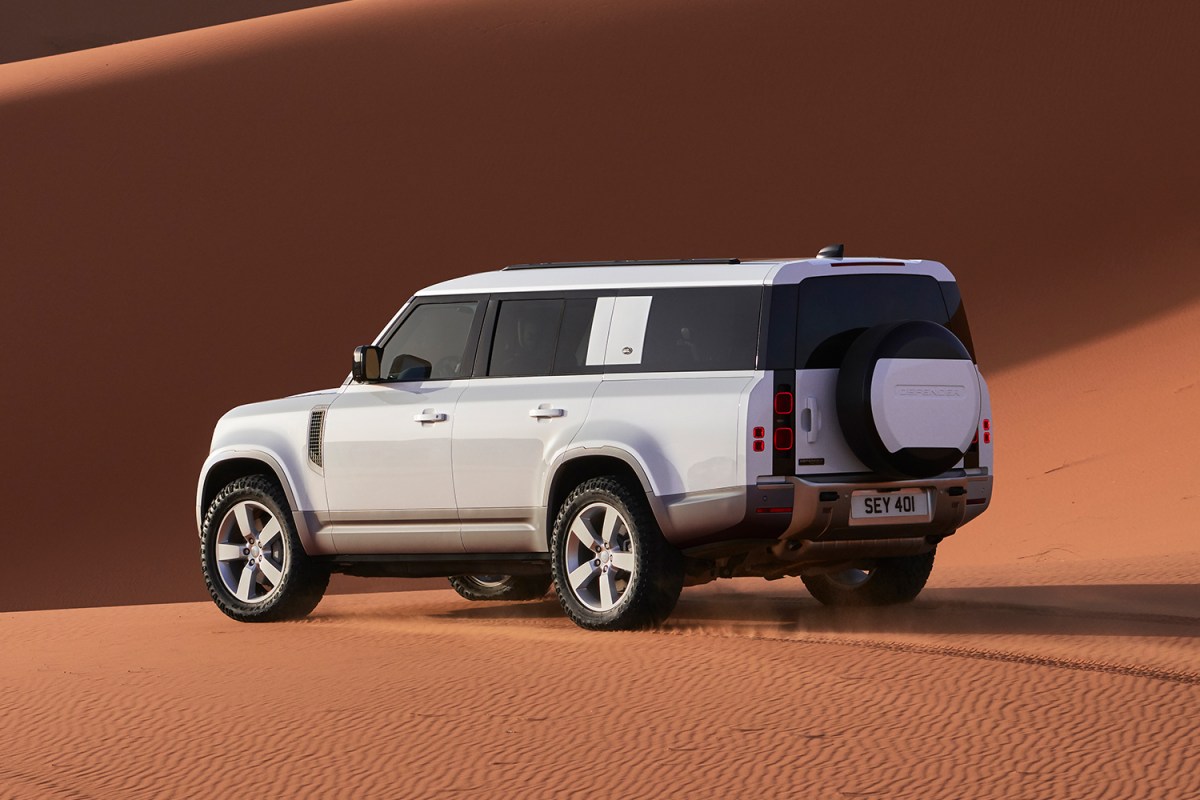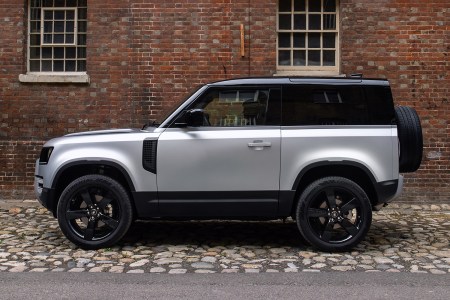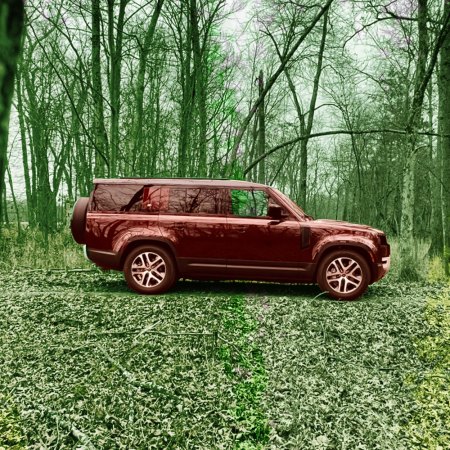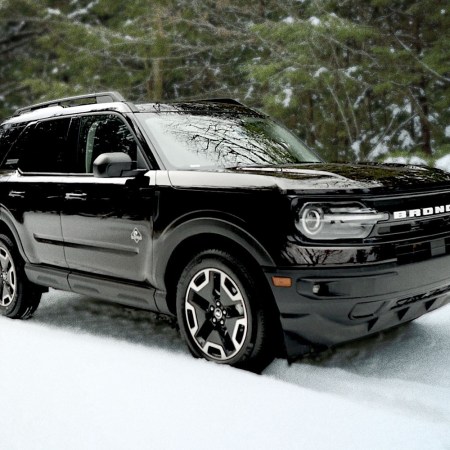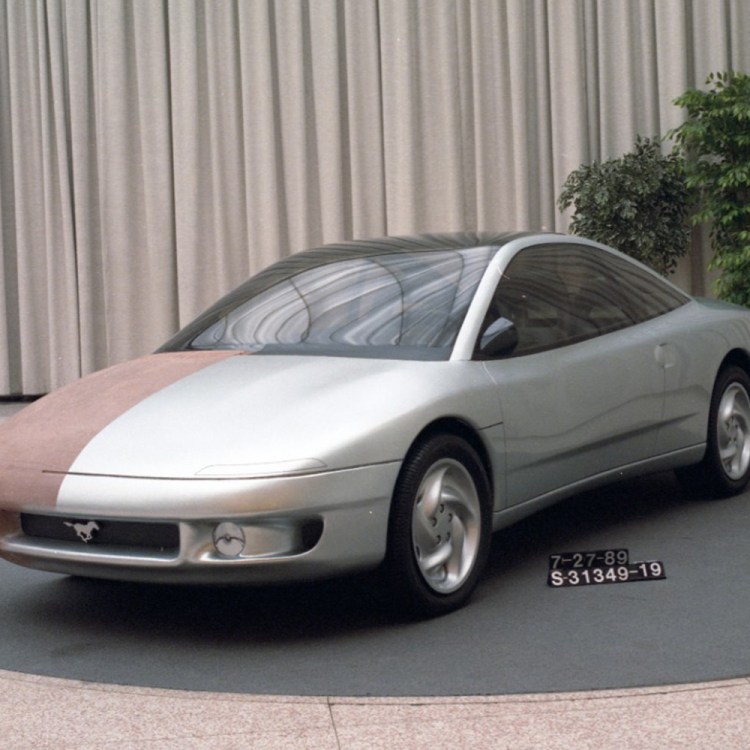The Defender nameplate recently returned to Land Rover’s North American lineup after a decades-long hiatus, a time when brand diehards unable to stomach life without one of the most revered off-road SUVs ever built had to rely on under-the-radar imports.
Despite sacrificing some of its old-school construction in favor of a more street-friendly, modern platform, both the two-door Defender 90 and its four-door Defender 110 sibling retained the same go-anywhere ethos that helped build their legend, while also broadcasting a familiar, box-like shape that set them apart from other members of the Land Rover stable.
At some point, one of the Defender’s designers must have looked at the four-door model and decided it simply wasn’t long enough. Enter the Land Rover Defender 130, the latest iteration of the SUV which tacks on an extra 13.4 inches in the name of stuffing an additional passenger row in front of the rear hatch. The move comes with some risks (awkward proportions, compromising the vehicle’s four-wheeling fortitude), but also caters to the realities of family life in a package that few other luxury haulers can match.
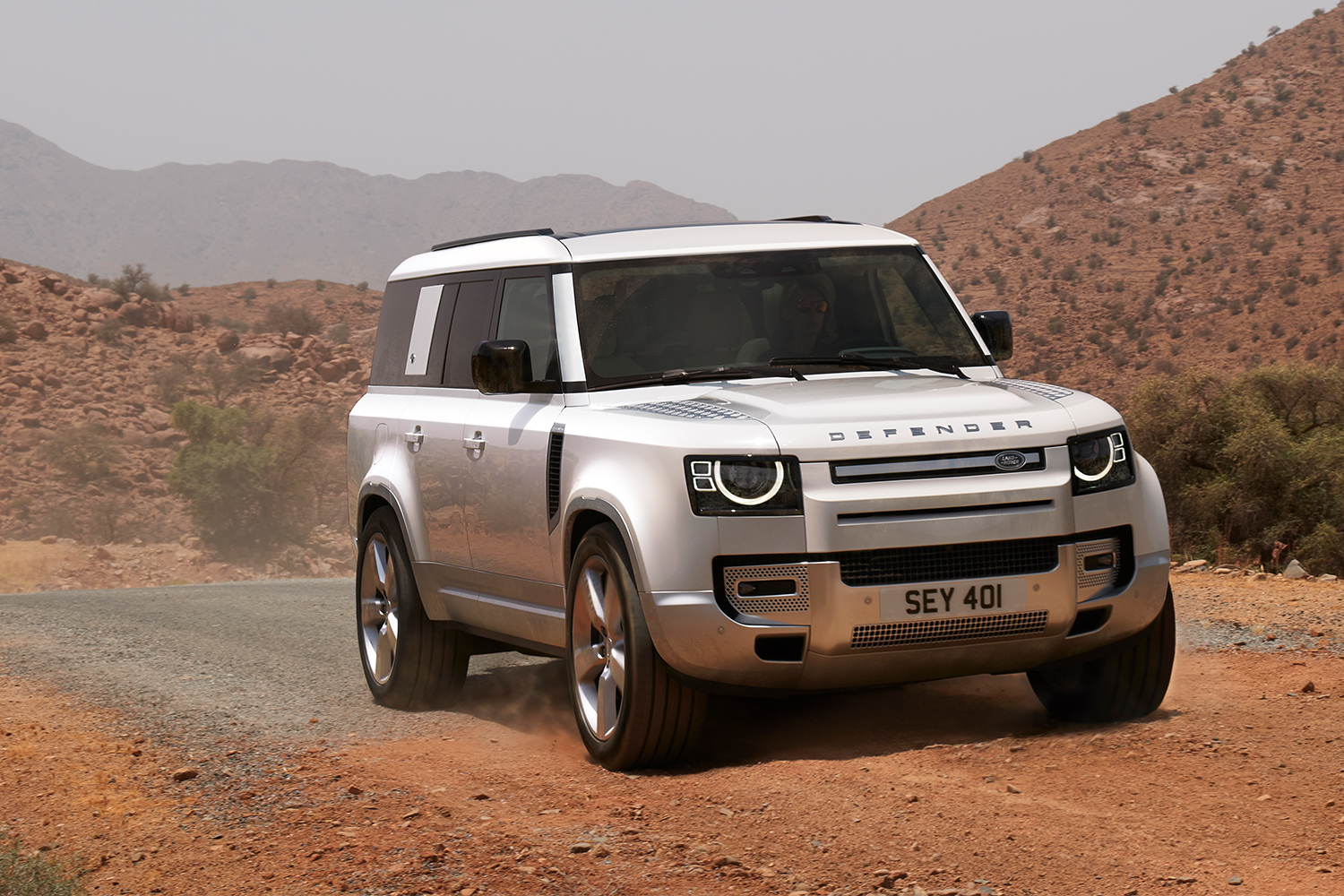
Give the Defender 130 a Chance
It’s important to understand that in person, the Defender 130 cuts a more graceful silhouette than images suggest. Photographs of this Land Rover draw the eye to its not inconsiderable rump, suggesting a dowdy, big-at-the-hips character, but this couldn’t be further from the truth. I ended up doing a near-180 on my own first impressions of the 130 during the time we spent together, and came to appreciate its clean, straight-edge lines (made even more rectilinear by the deletion of the roof windows found with the shorter four-door 110).
Although the greenhouse has been altered, the 130 shares its wheelbase with the 110, which cantilevers the rearmost quarters aft of the back axle. It’s this positioning that no doubt helps the third row achieve near-parity in terms of comfort with the second row, as the squeeze experienced in so many other three-row haulers is absent from the Defender’s list of attributes. Three abreast is tolerable while a pair of adults won’t have much to complain about in terms of leg or head room, even on a longer trip.
Review: The Two-Door Land Rover Defender 90 Is an Anomaly That Resurrects Personal Luxury
The SUV stands in a class of its own, but that doesn’t shield it from criticismThere are sacrifices to be made, however, in the Defender’s pursuit of eight-passenger capacity. As with the 90 and 110, the 130 lacks a flat load floor with the rear rows folded, forming an awkward trough at the back. It’s a problem nearly every other SUV-builder has solved, yet it continues to escape Land Rover’s ken. Loading also remains compromised by a hatch that swings open to the right (convenient when plying England’s mountains green, but blocking the curb on this side of the Atlantic), and the giant spare tire hanging off that same hatch blocks a significant portion of the view out the rear.
That being said, there’s a bit more space between the seatback and the cargo opening in the 130 as compared to the 110, and a useful nine-cubic-feet of additional storage available under its stretched roof with each row pitched forward.
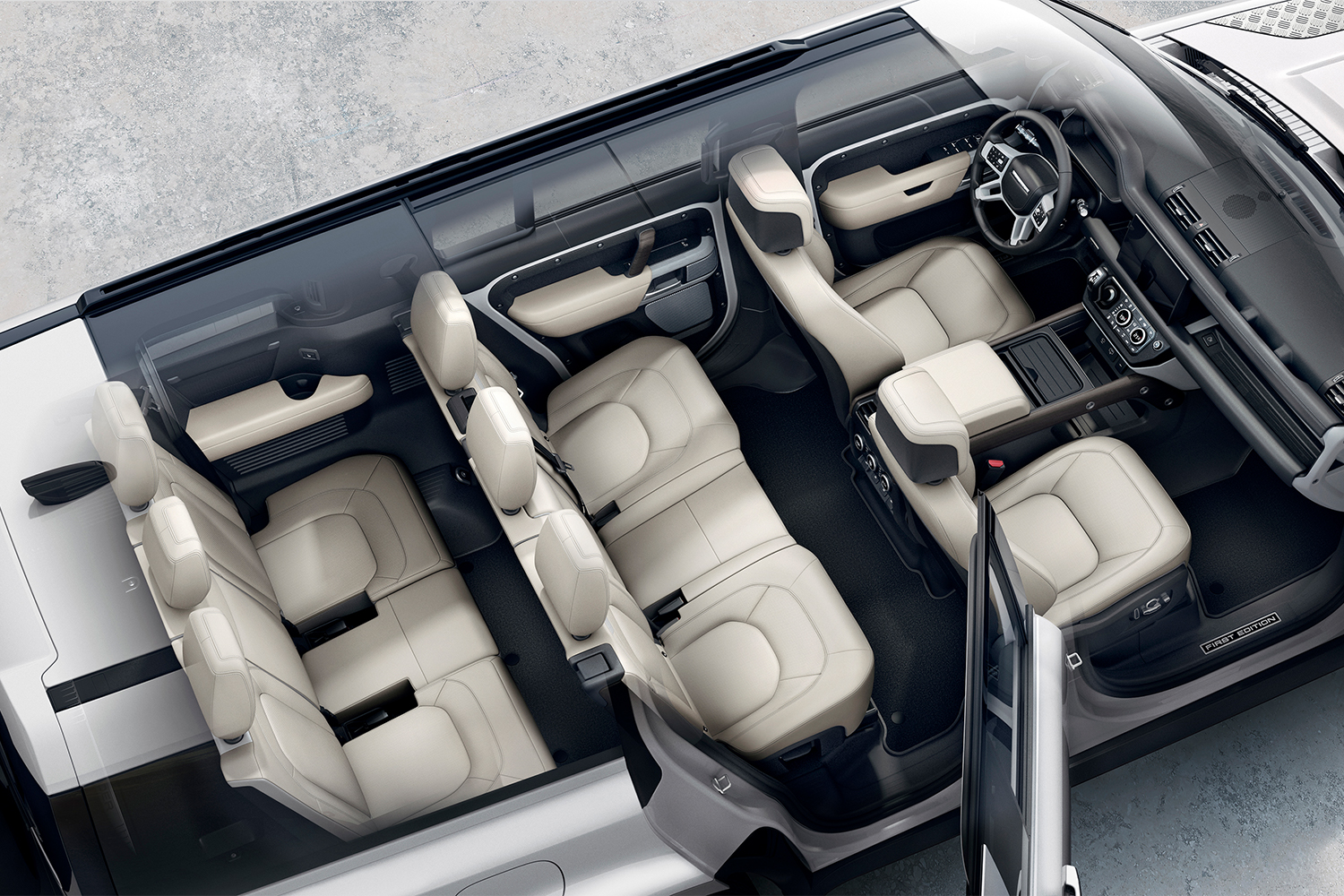
Landy Got Back
There are two other areas where the Defender 130’s bigger behind has a Sir Mix-a-Lot-sized impact. The first is the undeniable bulk and the effect this has on hurtling the Land Rover through traffic; it also complicates simple tasks like parking and negotiating tight urban spaces. What we’re dealing with here is statuesque asphalt competence substituted for outright athleticism.
If you hit the trail, you’ll further discover that the 130 is a less happy camper when it comes to wide open spaces, particularly if called upon to climb. The junk in its trunk drops low enough to cut 11.5 degrees from the platform’s previous departure angle, which will have you laying frame should you get too aggressive on the upswing. This is ameliorated somewhat by the presence of the excellent water-fording capability, standard height-adjustable air suspension, and traction-concentrating presence of all-wheel drive, combined with an available electronically controlled rear differential.
The extra space also brings with it a weight penalty over 500 pounds, tasking the Land Rover’s turbocharged six-cylinder engine’s 395 horsepower and 406 lb-ft to a greater degree than its more modest platform mates. Moving that much mass doesn’t so much strain the 3.0-liter engine as remind the driver of its limitations, with acceleration remaining just this side of acceptable when pulling out to pass on the highway. It’s enough bulk to slice a single mile per gallon from the SUV’s combined rating, which shows as 19 mpg for the 130 compared to 20 mpg for the 110.
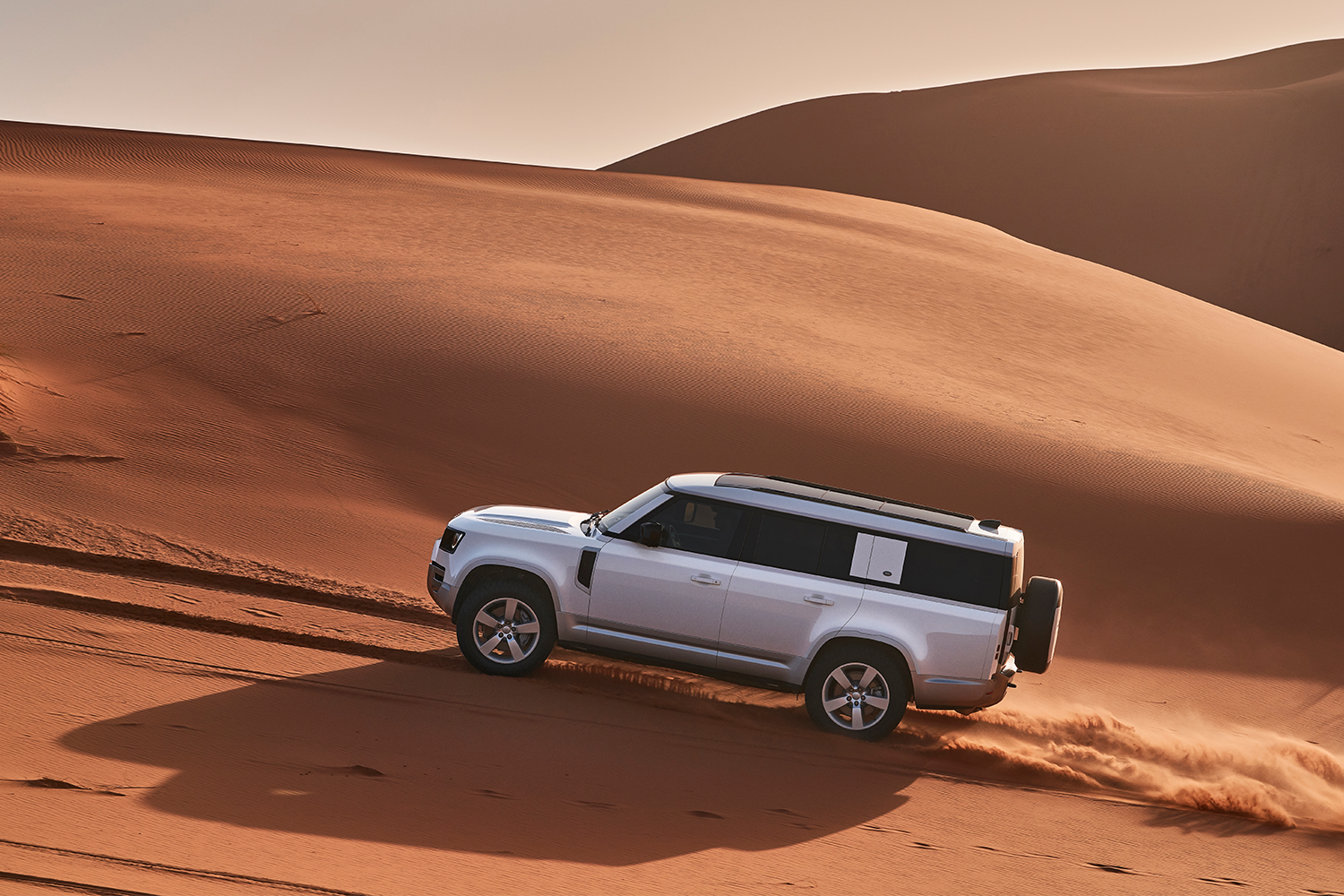
Ford Bronco Buster?
The easiest evaluation of the Land Rover Defender 130 (which starts at $68,000) is to brand it as a more capacious cousin to the four-door 110 and leave it at that. If you’re focused entirely on passenger space, then spending the extra $8,000 or so for the third row (versus a comparably equipped 110) isn’t too much to ask, and the Defender’s rugged styling puts it in a different league than the smaller and cheaper seven-passenger Land Rover Discovery three-row SUV sitting in the same showroom.
The Defender lineup is far more nuanced, however, to be divided up along simple questions of seating. It’s possible to purchase a turbocharged four-cylinder version of the 110 that’s fully $15,000 cheaper than the 130, while the stubby two-door D90 remains in the mix for buyers at the very opposite end of the family spectrum. This depth and breadth becomes even more intriguing when contrasted against its nearest real-world competitor, the Ford Bronco.
Sharing nearly the same footprint and spiritual heritage, the existence of the Defender 130 one-ups the two-row-only Bronco with its extra accommodations. Lest it sound uncouth to compare the genteel Land Rover to the more pedestrian Ford, consider that it’s possible to spend as much as $70,000 on the Bronco Heritage Limited Edition trim, and that’s before you add any options or cross over into high-performance Bronco Raptor territory.
Contrasting the driving experience and feature set of the two models lands heavily in favor of the Landy’s refinement and extensive gaggle of comfort gear — factors that start to matter a whole lot more once you’ve crossed into the premium price spectrum. With the Defender now fielding a triad of off-road capable choices, it’s no longer playing exclusively to an established luxury audience, but also calling out to a wider range of customers who want a bit of badge flash to go with their SUV spend.
This article was featured in the InsideHook newsletter. Sign up now.
